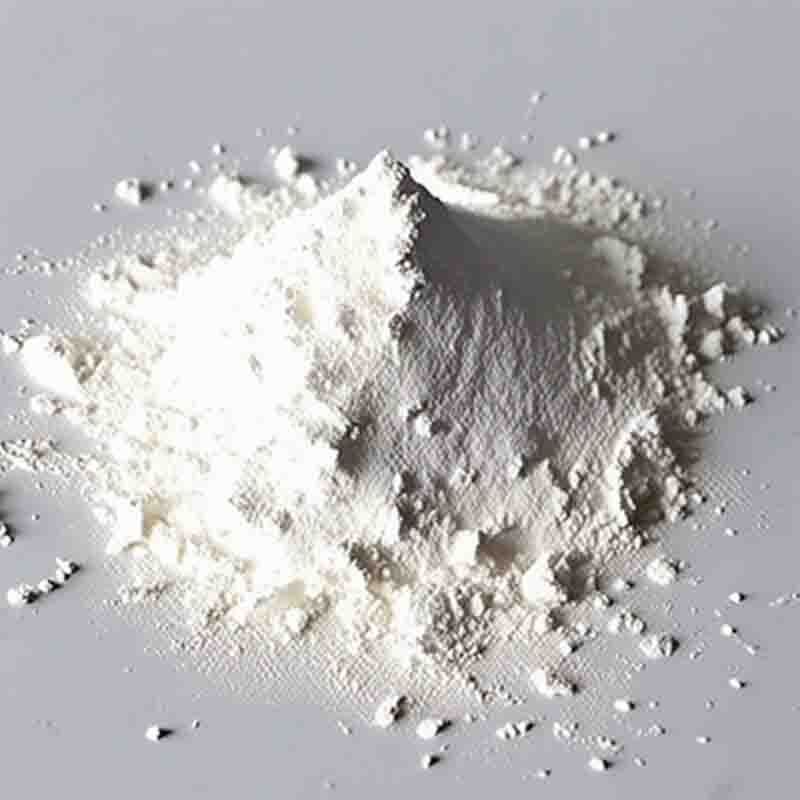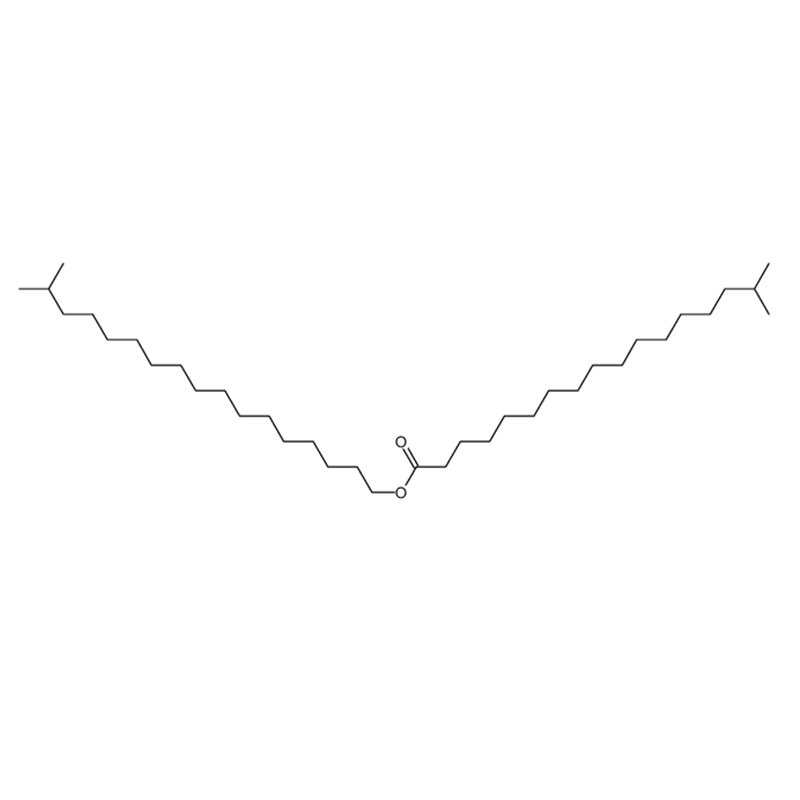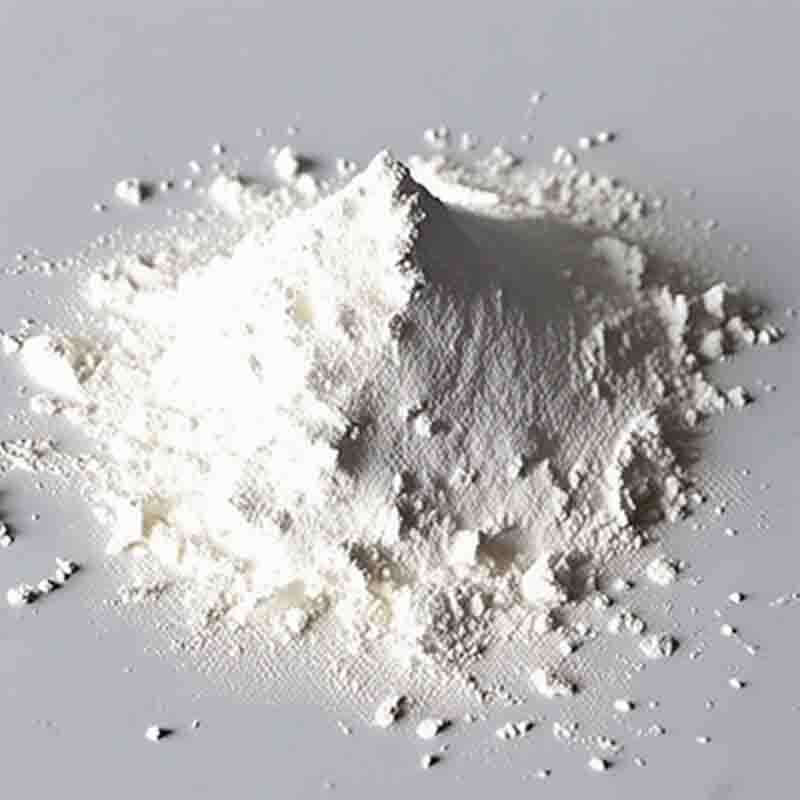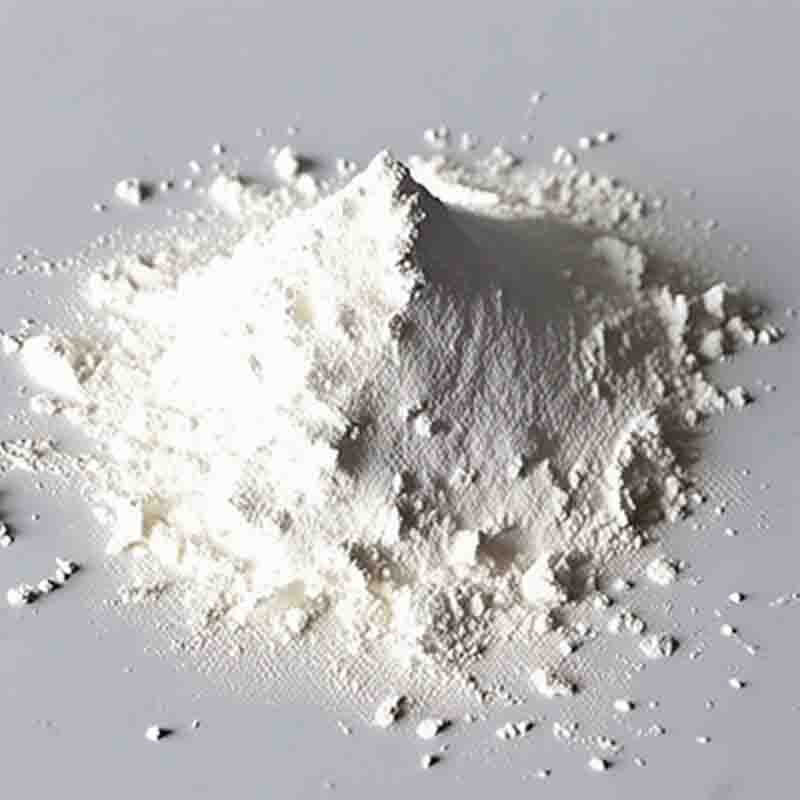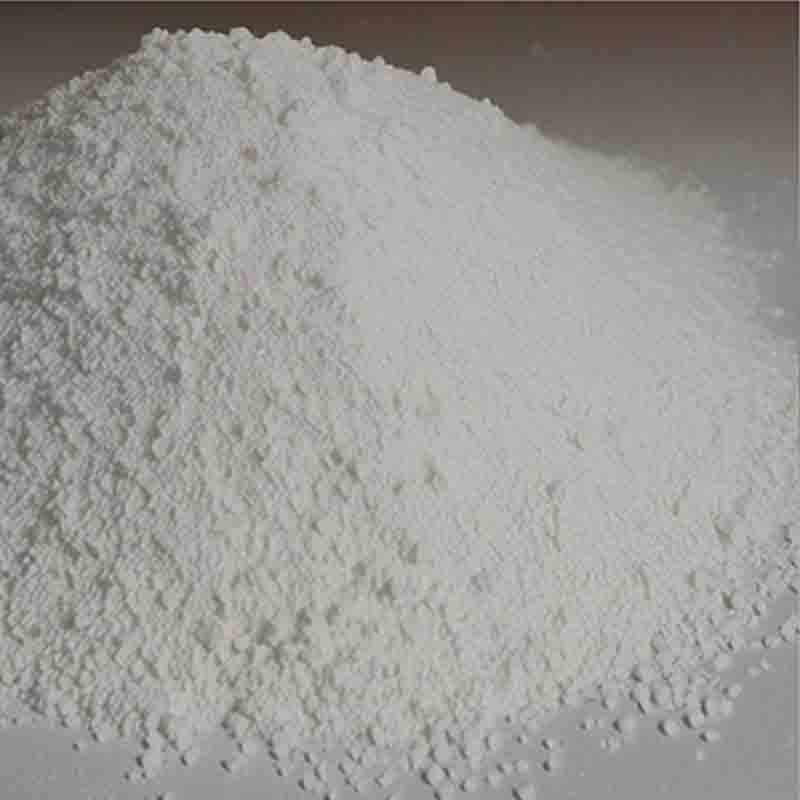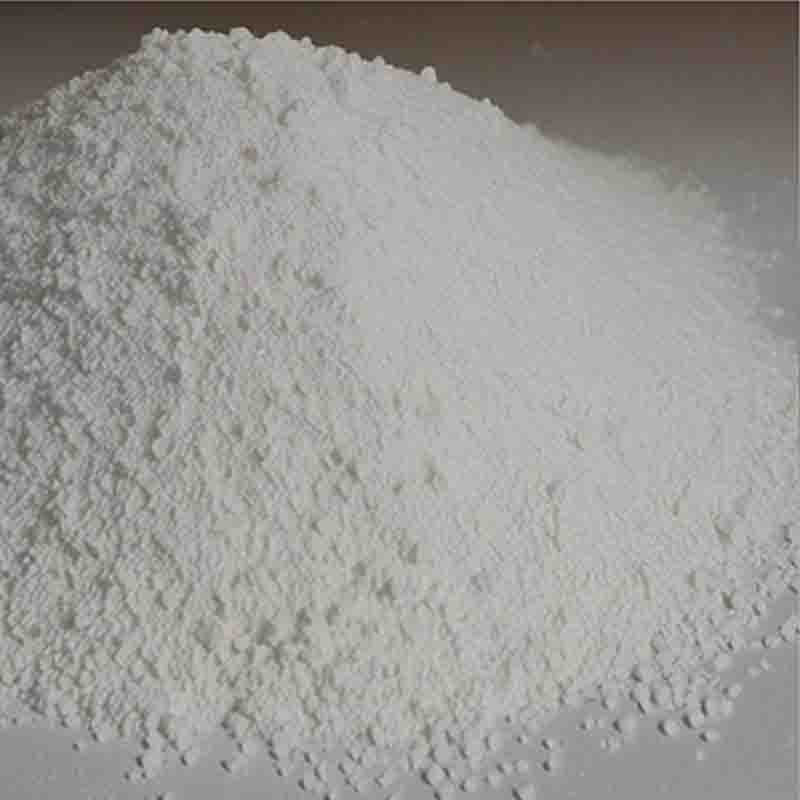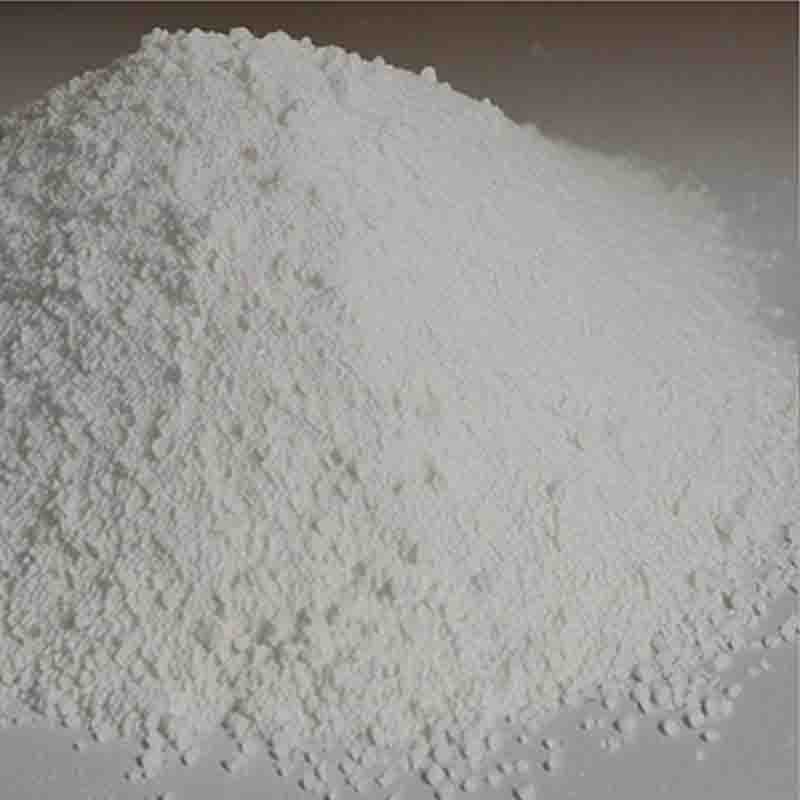Ethyl 2-(3-formyl-4-isobutoxyphenyl)-4-methylthiazole-5-carboxylate CAS: 161798-03-4
| Catalog Number | XD93844 |
| Product Name | Ethyl 2-(3-formyl-4-isobutoxyphenyl)-4-methylthiazole-5-carboxylate |
| CAS | 161798-03-4 |
| Molecular Formula | C18H21NO4S |
| Molecular Weight | 347.43 |
| Storage Details | Ambient |
Product Specification
| Appearance | White powder |
| Assay | 99% min |
Ethyl 2-(3-formyl-4-isobutoxyphenyl)-4-methylthiazole-5-carboxylate is a chemical compound with a complex structure that holds significant potential in various scientific and industrial applications.This compound exhibits several interesting features that make it valuable in different fields. First, the presence of the formyl group suggests that it can serve as a building block for the synthesis of various compounds. The formyl group provides a reactive site for further functionalization, allowing scientists to introduce specific functionalities into the molecule. This feature is particularly useful in pharmaceutical research, where chemists can modify and develop derivatives with desired biological activities.Furthermore, the isobutoxyphenyl group in the compound provides an alkyl chain that can influence the molecule's properties and increase its solubility in nonpolar solvents. This characteristic is beneficial in the formulation of pharmaceutical or cosmetic products, where solubility is a crucial factor.The thiazole ring present in the compound is another interesting aspect. Thiazole-containing molecules have shown promising biological activities, such as antimicrobial, anti-inflammatory, and anticancer properties. Therefore, ethyl 2-(3-formyl-4-isobutoxyphenyl)-4-methylthiazole-5-carboxylate has the potential to be utilized as an intermediate in the synthesis of therapeutically active compounds.This compound can also be employed in the field of materials science. The thiazole ring, along with the functional groups present in the molecule, can provide opportunities for chemical modifications and the development of functional materials. By incorporating this compound into polymers or other materials, scientists can tailor their mechanical, thermal, or electrical properties for various applications.Furthermore, the isobutoxyphenyl group in the compound suggests its potential use in the formulation of agrochemicals. This alkyl group influences the compound's lipophilicity, which is crucial for the absorption and distribution of pesticides or plant growth regulator compounds. Therefore, derivatives of ethyl 2-(3-formyl-4-isobutoxyphenyl)-4-methylthiazole-5-carboxylate may find applications in crop protection products or plant growth regulation.In conclusion, ethyl 2-(3-formyl-4-isobutoxyphenyl)-4-methylthiazole-5-carboxylate has potential applications in pharmaceutical research, materials science, and agrochemicals. Its unique structure and functional groups offer opportunities for chemical modifications and the development of therapeutically active compounds, functional materials, and agricultural products.


